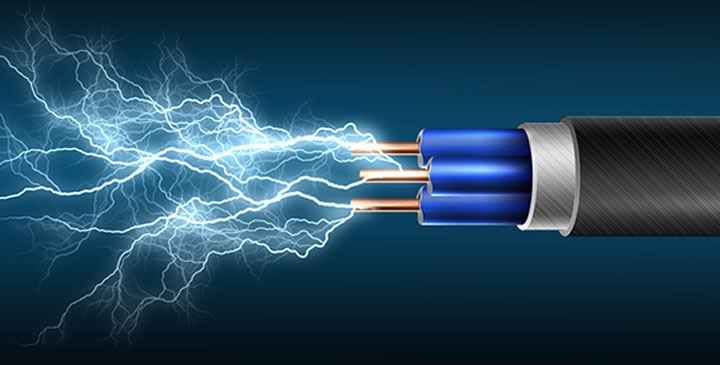Network administrators have a variety of Power over Ethernet standards to meet their networking demands. The power levels within the IEEE 802.3af and 802.3at PoE standards feature a variety of classes. These classes include four levels: zero through three. The IEEE 802.3at standard includes an extra fifth class. These classes refer to the variety of power levels that they can offer. The classification can be noted when a device’s initial connection occurs.
Under IEEE’s 802.3af PoE standard, the PSE (Power Supply Equipment) has the ability to choose whether to perform a classification. The powered device, including wireless access points, must offer a class if the PSE yields a class voltage. When a powered device offers a class 0 signature by offering a 25k resistor, then the same resistor value will be utilized for detection.
Under the IEEE 802.3at Power over Ethernet standard, classification is required for the PSE. To make this process simpler, the mutual identification concept was created.
In order to classify a powered device, manufacturers have two ways to classify the unit. The first method is based on hardware after a resistance is announced when the classification voltage is offered by the PSE. The second classification, the software method, utilizes the Link Layer Discovery Protocol and requires access to Layer 2. This method is available only for endspans. The powered device has to support both methods, which requires all powered devices to maintain the 13-W mode after boot so that devices can perform LLDP negotiation.
Mutual ID occurs when the PSE performs the LLDP negotiation and receives confirmation that the powered device is a Type 2 unit. In the same method, the powered device also realizes the PSE is a Type 2. The PSE can provide a two-finger waveform defined in the power over Ethernet standard. The powered device offers Class 4 to each class cycle. Since the PSE has noted two consecutive Class 4 classifications, the PSE understands it is operating with a Type 2 powered device. In the same token, the powered device understands it is operating with a Type 2 PSE because it noted detection and then the classification.


